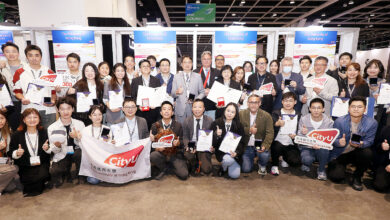China’s vocational education woes taking economic toll
Job market mismatch underlines oversupply of university grads and undersupply of vocationally-trained skilled workers

Deciding whether to pursue academic or vocational education is not easy. Education costs time and money, and is expected to deliver higher economic returns than the price paid to acquire it.
This challenge is exacerbated by global uncertainty, job market mismatch and overeducation. In China, many students choose to go to a vocational school because of their low academic performance or their rural-to-urban migration status.
But the data indicate there is still an oversupply of university graduates and an undersupply of skilled workers. China’s youth must grapple with the reality that education no longer guarantees prosperity.
Following the global trend of rapidly increasing student enrolment in higher education, the number of university enrolments and graduates increased dramatically in China.
The increase has been so substantial that data from 2015–2017 showed that the proportion of university graduates aged 24–35 outweighed the share of lower secondary graduates — a clear sign of the consequences of rapid higher education growth.
Mass education can compromise the quality of education and may challenge socio-economic development if growing student enrolments are not accompanied by proportionate increases in “human, financial and physical support.”
The problem is further magnified when university graduates believe that “higher education is elite education” and refrain from doing “blue-collar” jobs that offer the most vibrant opportunities in China.
The job market situation facing young people in China is challenged by the undersupply of skilled workers. Data from the last decade shows that, across all working-aged people, around 30% completed lower secondary education, 14% completed academic upper secondary education and only 9% completed vocational upper secondary education.
To read more : Asia Times




